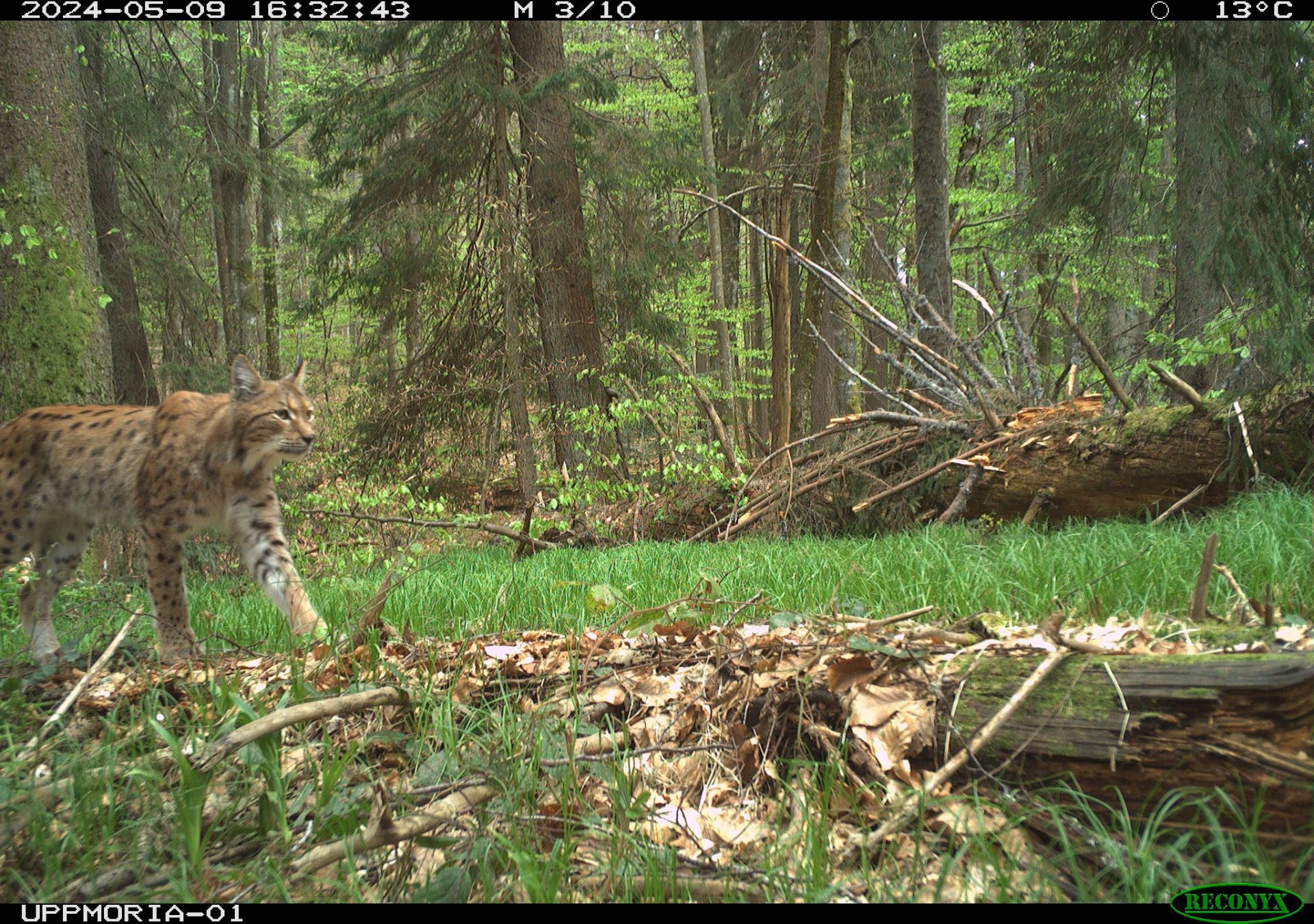Field logistics for tick-borne diseases surveillance in primeval forests

Europe's forests are at the center of ambitious plans for biodiversity restoration under the EU Biodiversity Strategy for 2030. But restoring ecosystems is not only about trees and habitats — it also has implications for public health. As naturalness and species diversity increase, so too can the dynamics of pathogens carried by wild animals and transmitted by vectors such as ticks.
Parasitology Consultancy Group has been involved in the development and implementation of a research proposal exploring the links between forest naturalness, vertebrate community structure, and zoonotic disease hazard.
To address these questions, the study applies a space-for-time substitution approach, comparing primeval forests, restoration sites, and managed forests across Europe. Methods include camera trapping for large mammals, live trapping for rodents and shrews, and acoustic monitoring for birds, alongside pathogen screening in small mammals and ticks.
By combining ecology, parasitology, and public health, the project aims to provide evidence on how large-scale forest restoration might affect the risk of zoonotic diseases such as Lyme borreliosis, leptospirosis, and other emerging infections.
